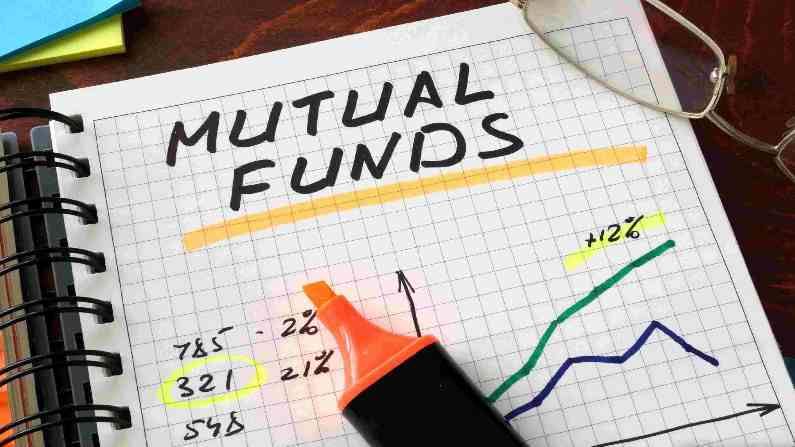Tax-saving mutual funds: Here's everything you need to know about ELSS
ELSS has a lock-in period of only 3 years, while other tax-saving instruments come with a minimum lock-in period of 5 years

A tax-saving mutual fund is just like any other mutual fund but comes with an added advantage of tax saving. Tax-saving mutual funds are eligible for deduction under the section 80C of the Indian Income Tax Act. Most tax-saving funds fall under the equity-linked saving scheme (ELSS) category that invest in equities.
Features of tax saving mutual funds
With ELSS, you can start investing as little as Rs 500. Investments up to Rs 1,50,000 are eligible for tax saving under section 80C of the Income Tax Act 1961.
These funds have a 3-year lock-in period. Since these funds are linked to equities, the return may vary with market conditions. Most ELSS plans have entry and exit load. Fund houses impose this levy when investors buy, sell, redeem, or transfer their MF units.
How it differs from fixed deposits and public provident funds?
ELSS has a lock-in period of only 3 years, while other tax-saving instruments come with a minimum lock-in period of 5 years. ELSS have the lowest lock-in period in comparison with tax-saving fixed deposit (FD) or Public Provident Fund (PPF), where lock in period is 5 years or 15 years respectively. While ELSS funds carry market related risks, the other two are debt instruments.
Crucial points for investors to keep in mind while investing in ELSS
Due to the numerous benefits that ELSS provides, it should be regarded as part of an investor’s asset allocation plan.
Investors must examine their risk appetite and asset allocation in the present environment since markets are near all-time high.
Investors should not delay investing in ELSS till the conclusion of the fiscal year.
Spread your investments throughout the year, either via systematic investment plans (SIPs) or by purchasing during a correction window.
ELSS investments should be undertaken with a least three-year horizon to qualify for tax savings. Also, tax in the case of SIP is calculated is on individual SIP investments. That means investor’s tax will be calculated for each SIP instalment separately.
ELSS investments have historically provided great returns to long-term investors (7 to 10 years).
You may contemplate selling your ELSS fund after three years, but the returns are significantly higher when held for the long term.
Keep the three-year lock-in period in mind when studying ELSS funds; investing in an improper fund that does not correspond with your aims could result in a three-year investment setback. Further, the time period of three years is calculated individually for every SIP.